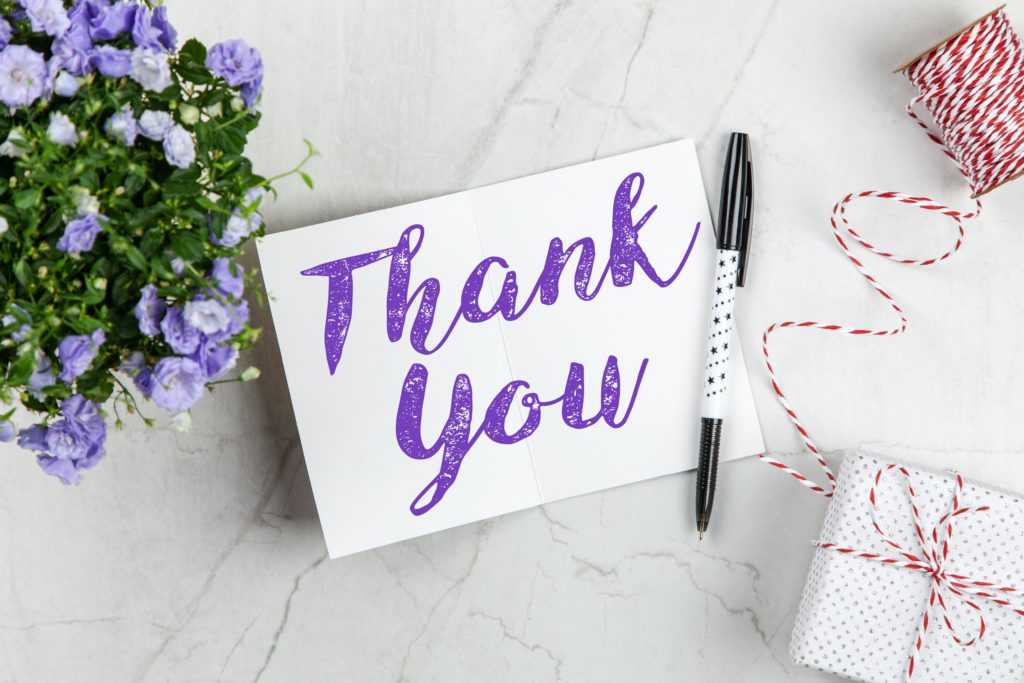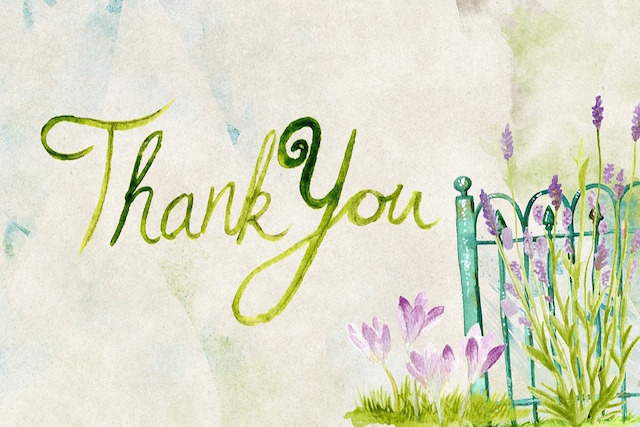You probably already have a general understanding of the benefits of gratitude and the potential benefits of developing a gratitude practice. You may have even thought about keeping a gratitude notebook. But what you may not be as familiar with the tremendous body of research indicating that practicing gratitude an emotional experience, and a character attribute is linked to a number of enhancements in mental health and well being.

A game-changer, gratitude has far-reaching impacts, from enhancing our relationships with others to enhancing our mental health. Gratitude helps you appreciate the small victories in life, such as a stranger holding the door for you, or the sunrise through your window in the morning. Each of these little things adds up to form a web of happiness that gradually improves your capacity to perceive the good.
It’s simple to increase your capacity for gratitude. It simply requires practice. The more you can focus on the things for which you are grateful, the more you’ll find reasons to be grateful.
- Keep a Gratitude Journal
Make it a habit to remind yourself each day of the blessings, grace, advantages, and positive aspects you experience. You have the chance to weave a lasting theme of gratitude into your life by reflecting on moments of gratitude connected to commonplace happenings, your unique qualities, or important persons in your life. - Do not Forget the Bad
Remembering your difficult days can help you be grateful for where you are right now. When you reflect on how tough life used to be and how far you have come, an explicit contrast is created in your mind. This contrast creates an environment that is conducive to gratitude. - Thank People – Verbally or in Writing
This one adds the social connectedness aspect of gratitude, making it a great addition to reflection or journaling. You could start thanking people more often and it could be anyone – a co-worker, a partner, a friend. While expressing your gratitude, you could describe their actions, acknowledge their efforts, and tell them how it benefitted you! This gives a sense of validation and recognition to the other person and we, on the other hand, feel warm. - Set a Reminder
Visual reminders can act as cues to inspire feelings of gratitude because forgetting and a lack of mindfulness awareness are the two main barriers to being grateful. The best visual cues are frequently other people. - Be aware of the Present
As you go about your day, pause occasionally when you remember and say out, “I am grateful.” Before you take your first sip, try gently loving and appreciating your tea or coffee cup. When you go about your day with mindfulness and grace, those things will be on your mind when you sit down to compose your gratitude list. - Keep Going!
When we initially started to experience results, we decided to temporarily stop being grateful. But we soon realised that the momentum surrounding our recuperation would begin to sag and lose some of its vigour. Therefore, we would force ourselves back into the practise, and as if by magic, our recovery would pick up speed. - Be Easy on Yourself
If you are at a loss for words, repeat “I am grateful, I am writing my gratitude list” five times. Occasionally, it is just okay to go three to four days without writing. You could either play catch up and write a few days in one sitting, or just let those few days pass and pick up where we left off. Watch out for the nagging thought that “you skipped a day. You have utterly failed to demonstrate gratitude!” Just ignore that voice and continue with your process.

We hope you found this blog helpful. The Best awaits for You!
Thanks and Happy Reading.







